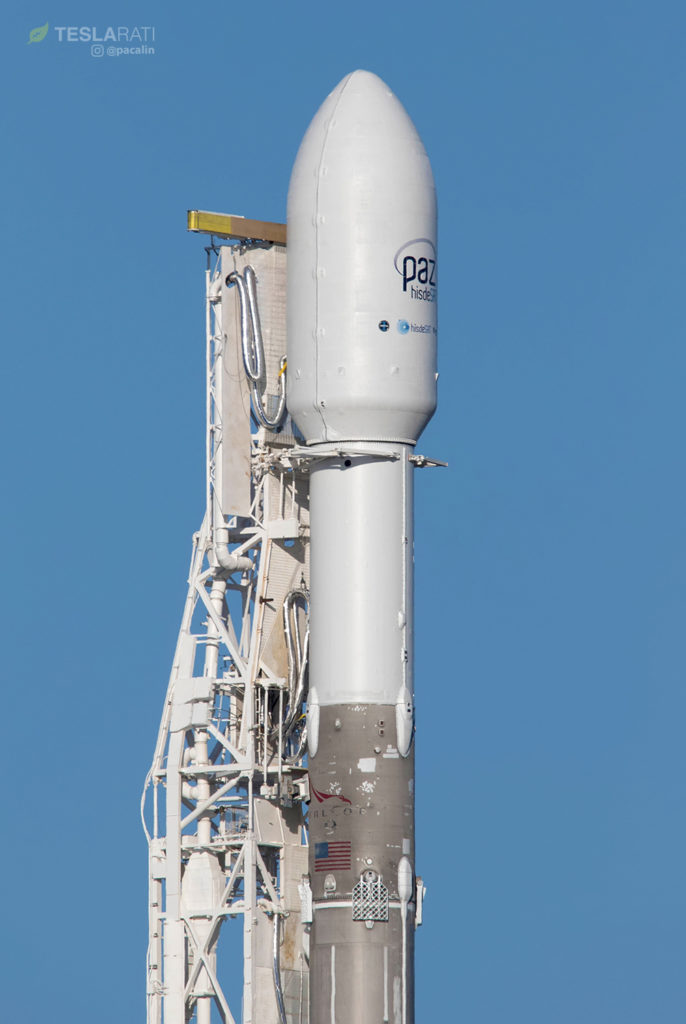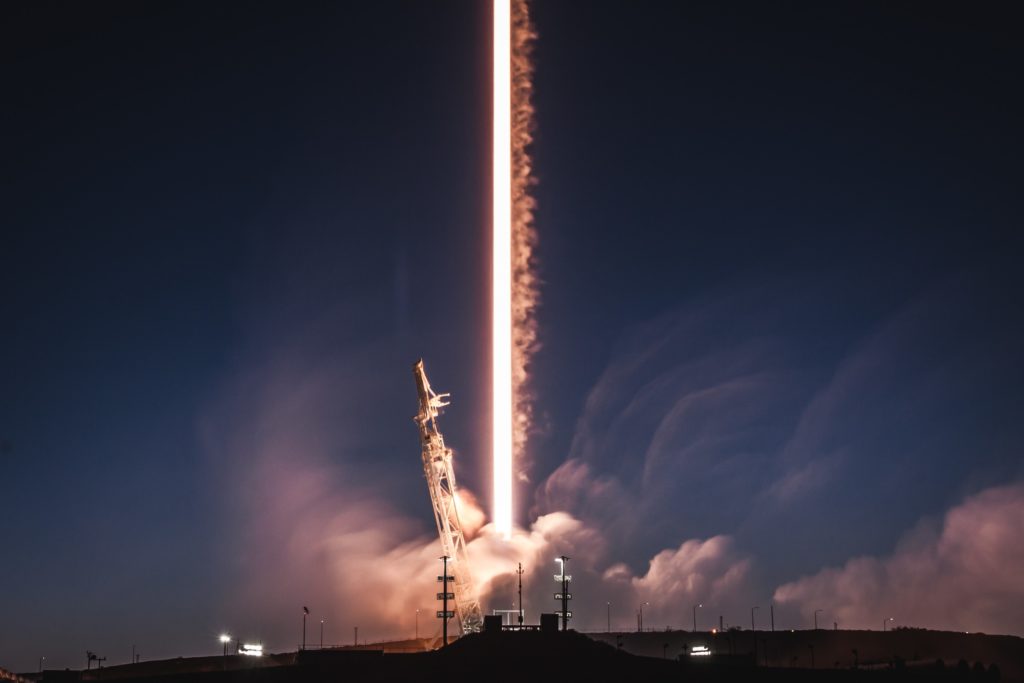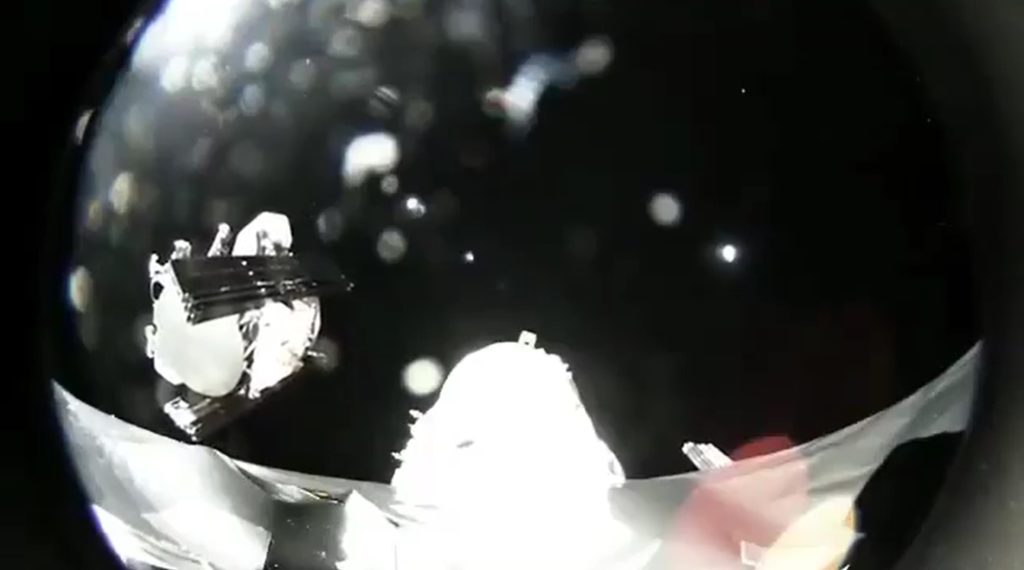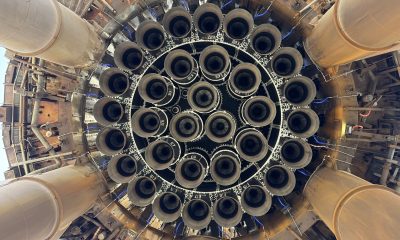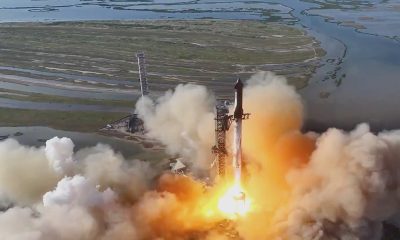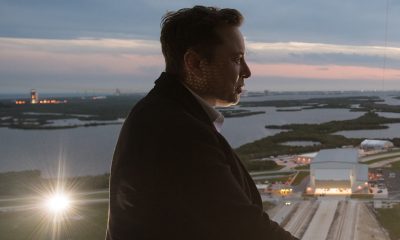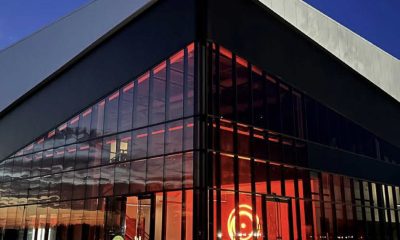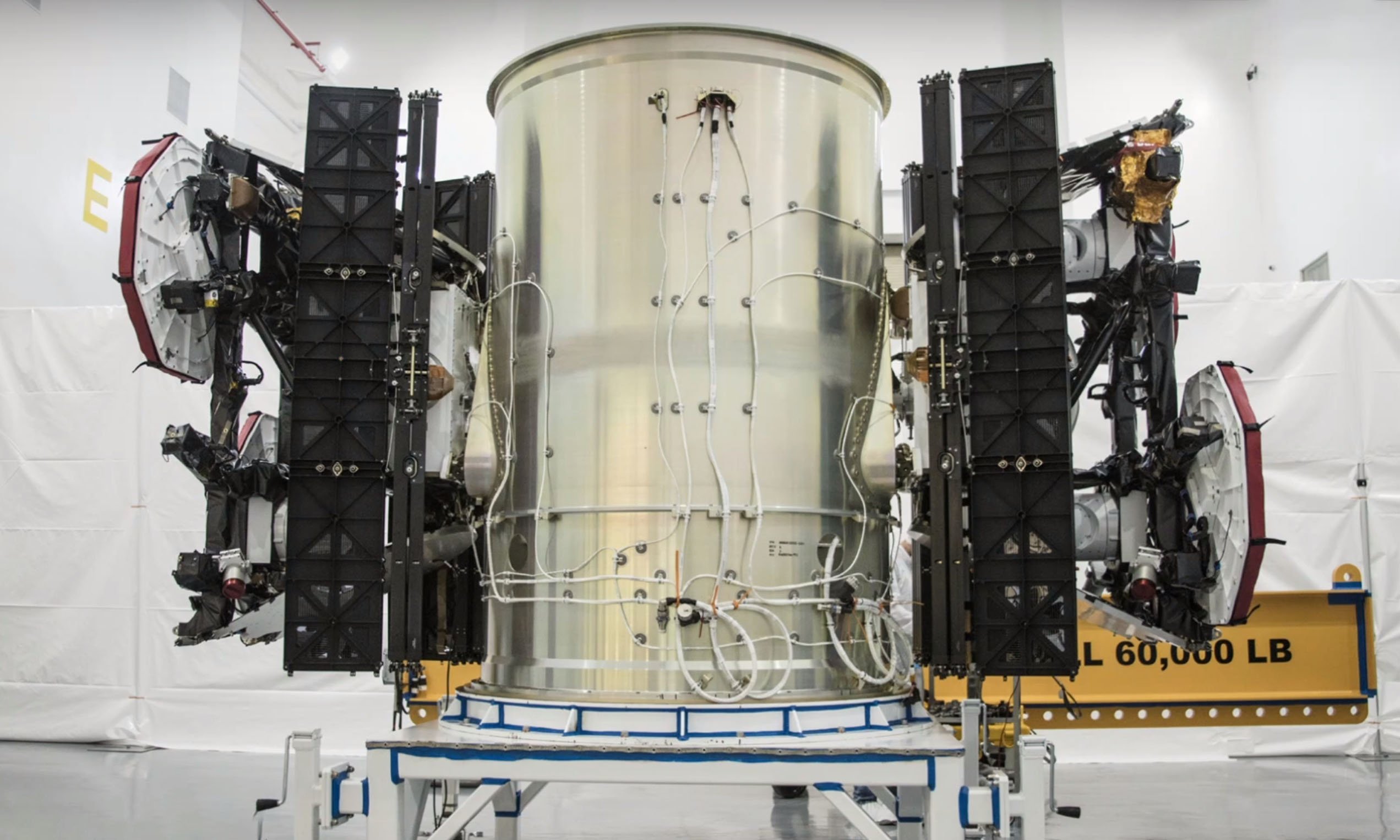

News
SpaceX seeks approval for Starlink internet tests on high-performance govt. planes
According to updated regulatory documents and recent Aviation Week interviews with the US Air Force Research Laboratory, it can be all but guaranteed that the USAF has begun working with SpaceX to test the feasibility of using the company’s planned Starlink satellite internet constellation for military communications purposes.
In early August, SpaceX updated regulatory documents required by the Federal Communications Commission (FCC) for the company to be permitted to experimental test its two prototype Starlink internet satellites, named Tintin A and B. Launched roughly six months ago as a copassenger on one of SpaceX’s own Falcon 9 rockets, the satellite duo has been quietly performing a broad range of tests on orbit, particularly focused on general satellite operations, orbital maneuvering with SpaceX’s own custom-built electric propulsion, and – most importantly – the experimental satellites’ cutting-edge communications capabilities.
The orbit histories of @SpaceX's Tintin A/B Starlink prototype satellites, launched in February! Some thoroughly intriguing differences in behavior over the six months they've spent on-orbit. Data and visualizations generated by the lovely https://t.co/xKOdbP89tz. pic.twitter.com/a8CfQaZJep
— Eric Ralph (@13ericralph31) August 9, 2018
Per a public summary of the application update, SpaceX is awaiting FCC permission to begin a new series of tests of its prototype satellite internet network, this time highlighting an intriguing interest in applying Starlink connectivity to moving aircraft in order to provide them an exceptionally flexible and powerful suite of communications capabilities.
“SpaceX seeks to modify its experimental authorization to allow testing of two different antennas, both of which will operate on the ground and one of which will also operate from a moving aircraft.”
In those same documents, the company states that it is “working with a manufacturer of conformal antennas for tactical aircraft” to design and build “a custom installation kit consisting of mechanical plates for the low-profile antennas and fairings reducing wind drag”, seemingly indicating that SpaceX itself intends to supply the phased array antennae itself. Normally, this sort of testing would be fairly mundane and expected for any global satellite network, as one of the largest markets for satellite internet connectivity happens to be commercial aviation, particularly airlines and passenger entertainment.
- SpaceX’s first Starlink prototypes launched in late February aboard a flight-proven Falcon 9 booster. (Pauline Acalin)
- (SpaceX)
- One of the first two prototype Starlink satellites separates from Falcon 9’s upper stage in February 2018. (SpaceX)
However, the plot thickens beyond that extent thanks to a few select phrases. Most tellingly, the company writes that it “will perform a series of tests with the integrated airborne prototype terminal … varying motion for representative roll and pitch rates of a high-performance aircraft“, later also describing the program the update as a request for permission for “additional test activities undertaken with the federal government.”
It just so happens that the US Air Force’s Research Laboratory (AFRL) spoke with Aviation Week earlier this year (just weeks after SpaceX’s first prototype satellites had launched, in fact) about a nascent program exploring the potential utility of a spate of commercial Low Earth Orbit satellite internet constellations proposed for launch in recent years.
“To explore the art of the possible, AFRL is planning to contract with at least one commercial internet provider for a set of antennas that can be mounted onto Air Force test aircraft, Beal says. The team will then fly the aircraft … directly under the associated satellites and establish a communications path.” – Lara Seligman/AviationWeek
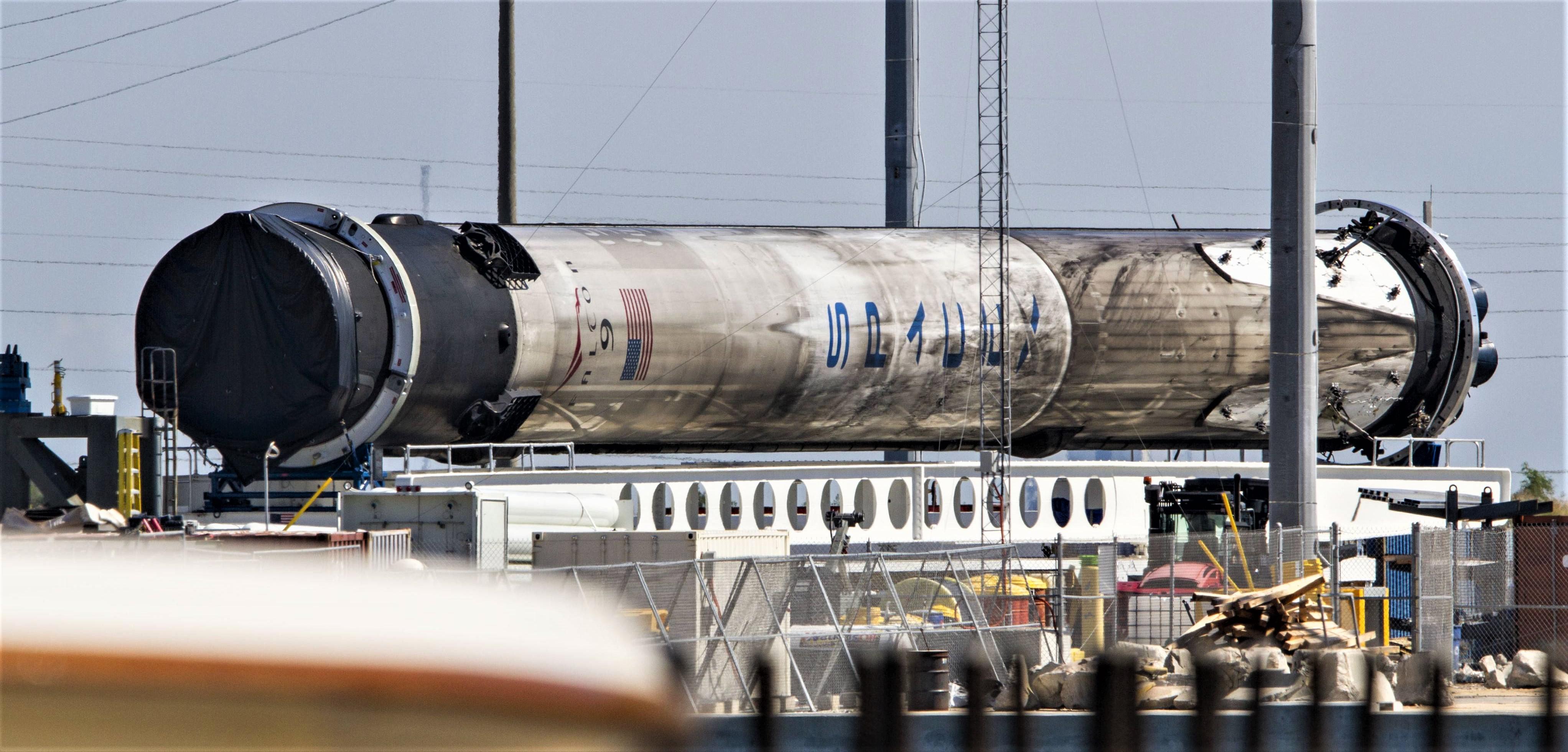
As of publishing then (March 2018) and now, SpaceX is the only company in the world to have launched a pair of functional demonstration satellites as a part of its proposed megaconstellation, meaning that it’s the only company that has a (technically) operational network with which they can test inter-satellite connectivity, connection hand-offs between different satellites, and multi-satellite operations.
While it’s currently unclear how that series of tests transpired and if they were or are officially connected to the AFRL’s own program, the briefest thought of the USAF (and thus the Department of Defence) as a prospective anchor customer for SpaceX’s Starlink constellation is extraordinarily exciting, especially given the apparent difficulties and costs associated with actually deploying even the first wave (~900 satellites) of such a massive constellation (~4500 satellites total).
Elon Musk
Tesla addresses door handle complaints with simple engineering fix
“We’ll have a really good solution for that. I’m not worried about it.”
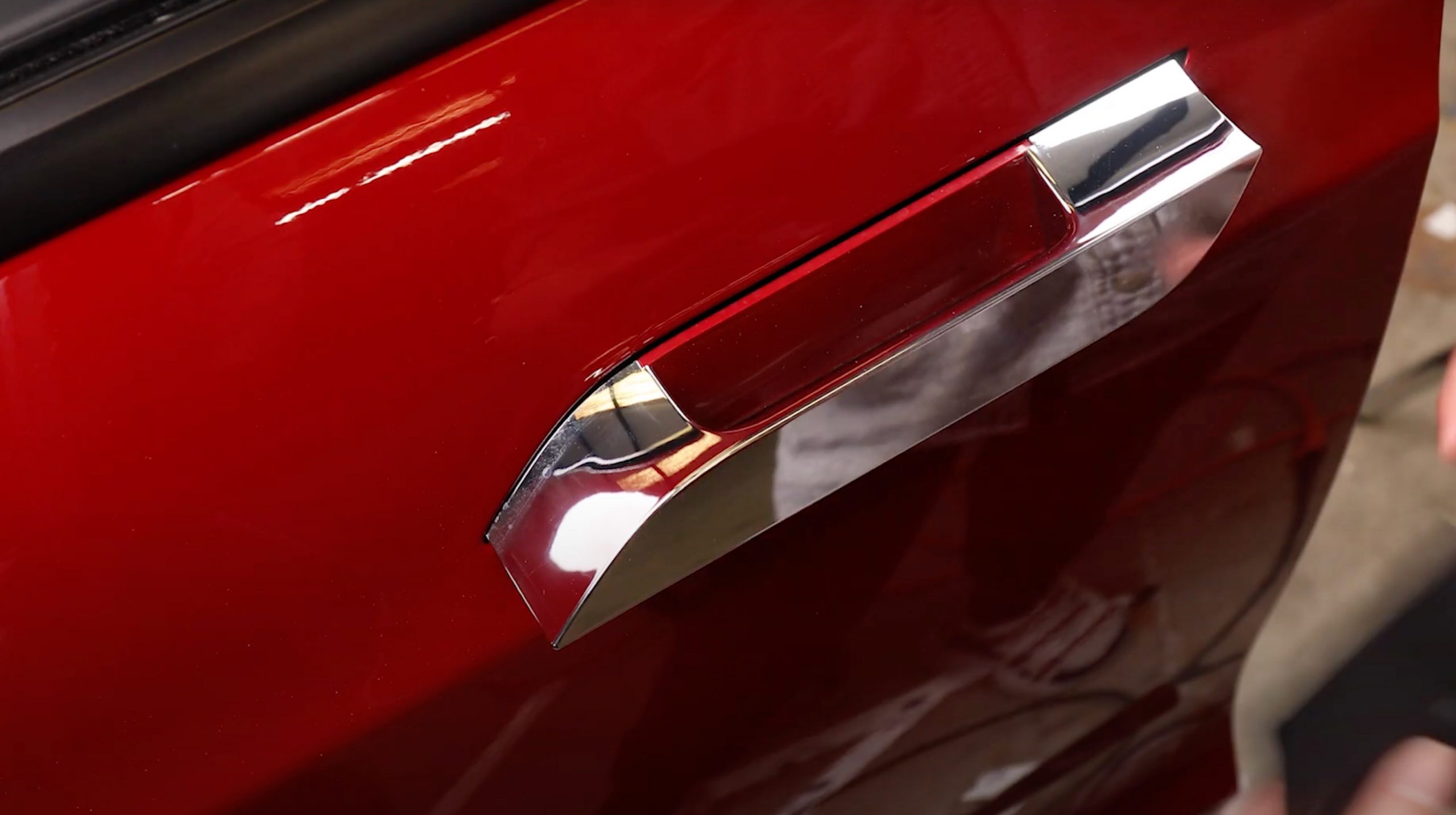
Tesla is going to adjust one heavily scrutinized part of its vehicles after recent government agencies have launched probes into an issue stemming from complaints from owners.
Over the past few days, we have reported on the issues with Tesla’s door handle systems from both the Chinese and American governments.
In China, it dealt with the Model S, while the United States’ National Highway Traffic Safety Administration (NHTSA) reported nine complaints from owners experiencing issues with 2021 Model Ys, as some said they had trouble entering their car after the 12V battery was low on power.
Bloomberg, in an interview with Tesla Chief Designer Franz von Holzhausen, asked whether the company planned to adjust the door handle design to alleviate any concerns that regulatory agencies might have.
Regarding the interior latch concerns in the United States:
- Von Holzhausen said that, while a mechanical door release resolves this problem, Tesla plans to “combine the two” to help reduce stress in what he called “panic situations.”
- He also added that “it’s in the cars now…The idea of combining the electronic and the manual one together in one button, I think, makes a lot of sense.” Franz said the muscle memory of reaching for the same button will be advantageous for children and anyone who is in an emergency.
Regarding the exterior door handle concerns in China:
- Von Holzhausen said Tesla is reviewing the details of the regulation and confirmed, “We’ll have a really good solution for that. I’m not worried about it.”
Franz von Holzhausen (from Tesla’s Robovan) on Tesla’s upcoming redesigned door handles: pic.twitter.com/lnaKve1SlJ
— Sawyer Merritt (@SawyerMerritt) September 17, 2025
The new Model Y already has emergency mechanical door release latches in the back, but combining them in future vehicles seems to be an ideal solution for other vehicles in Tesla’s lineup.
It will likely help Tesla avoid complaints from owners about not having an out in the event of a power outage or accident. It is a small engineering change that could be extremely valuable for future instances.
News
Elon Musk calls out viral claim of 10,000 Tesla Optimus deal: “Fake”
For now at least, Tesla seems determined to focus on the development of Optimus V3.
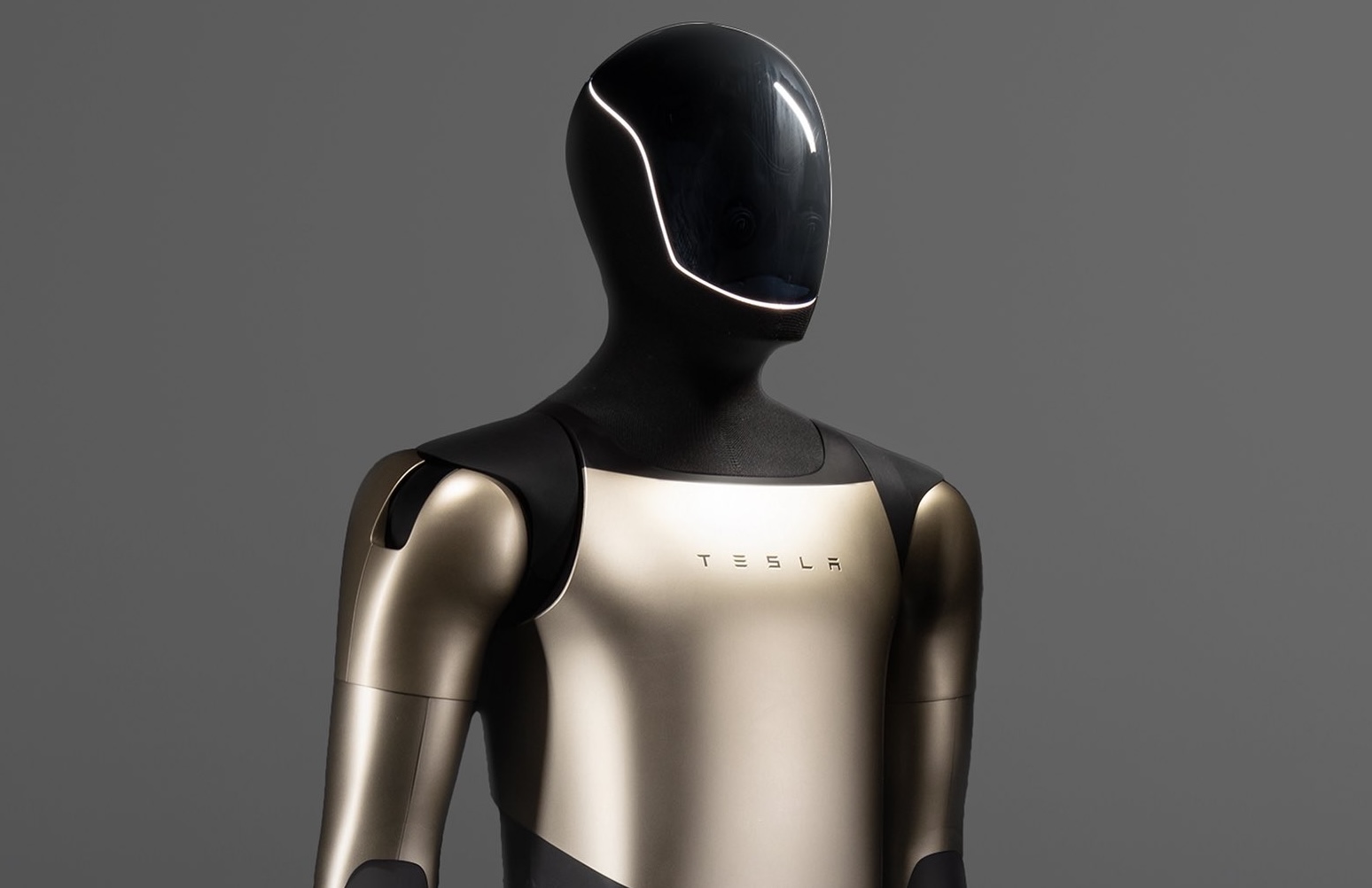
Elon Musk has provided some clarification to recent reports suggesting that PharmAGRI, a US pharmaceutical and agricultural infrastructure company, is looking to deploy 10,000 Optimus robots for its operations.
Musk posted his clarification on social media platform X.
Alleged Optimus purchase
Recently, reports emerged stating that PharmAGRI Capital Partners will be tapping into Tesla’s humanoid robots for its operations. The firm claimed that it had executed a Letter of Intent with Tesla to deploy up to 10,000 Optimus Gen 3+ humanoid robots across its SuperPharm and CEA facilities. This should allow the company to automate its labor and ensure diversion control.
A comment from Lynn Stockwell, Chairwoman & CEO, suggested that the company really was partnering with Tesla. “With Tesla robotics powering our facilities and DEA-licensed infrastructure in place, we can scale with precision, meet federal sourcing mandates, and deliver therapies that are compliant, secure, and American-made,” she said.
Elon Musk clariies
News of PharmAGRI’s Optimus claims quickly spread on social media, though some Tesla watchers argued that it seemed unlikely that the EV maker will commit two legions of Optimus robots to a rather unknown company this early. Some pointed out that Tesla typically commits to high-profile customers to test its early products, such as PepsiCo with the Tesla Semi.
Photos from PharmAGRI’s website depicting Tesla Optimus bots, as well as the rather basic look of the website itself, also brought more reservations to the company’s claims. Ultimately, Elon Musk weighed in on the matter, responding to a post about PharmAGRI’s Optimus-filled webpage. Musk was quick and direct, simply stating, “Fake.”
Elon Musk’s comments were quite unsurprising considering that Optimus is still very much in active development, and thus, it is quite unlikely that the company is already taking orders or even Letters of Intent from potential customers at this time. For now at least, Tesla seems determined to focus on the development of Optimus V3, which Musk has noted will be “sublime.”
Elon Musk
Elon Musk: Self-sustaining city on Mars is plausible in 25-30 years
Musk noted that true self-sufficiency requires Mars to develop “all the ingredients of civilization.”
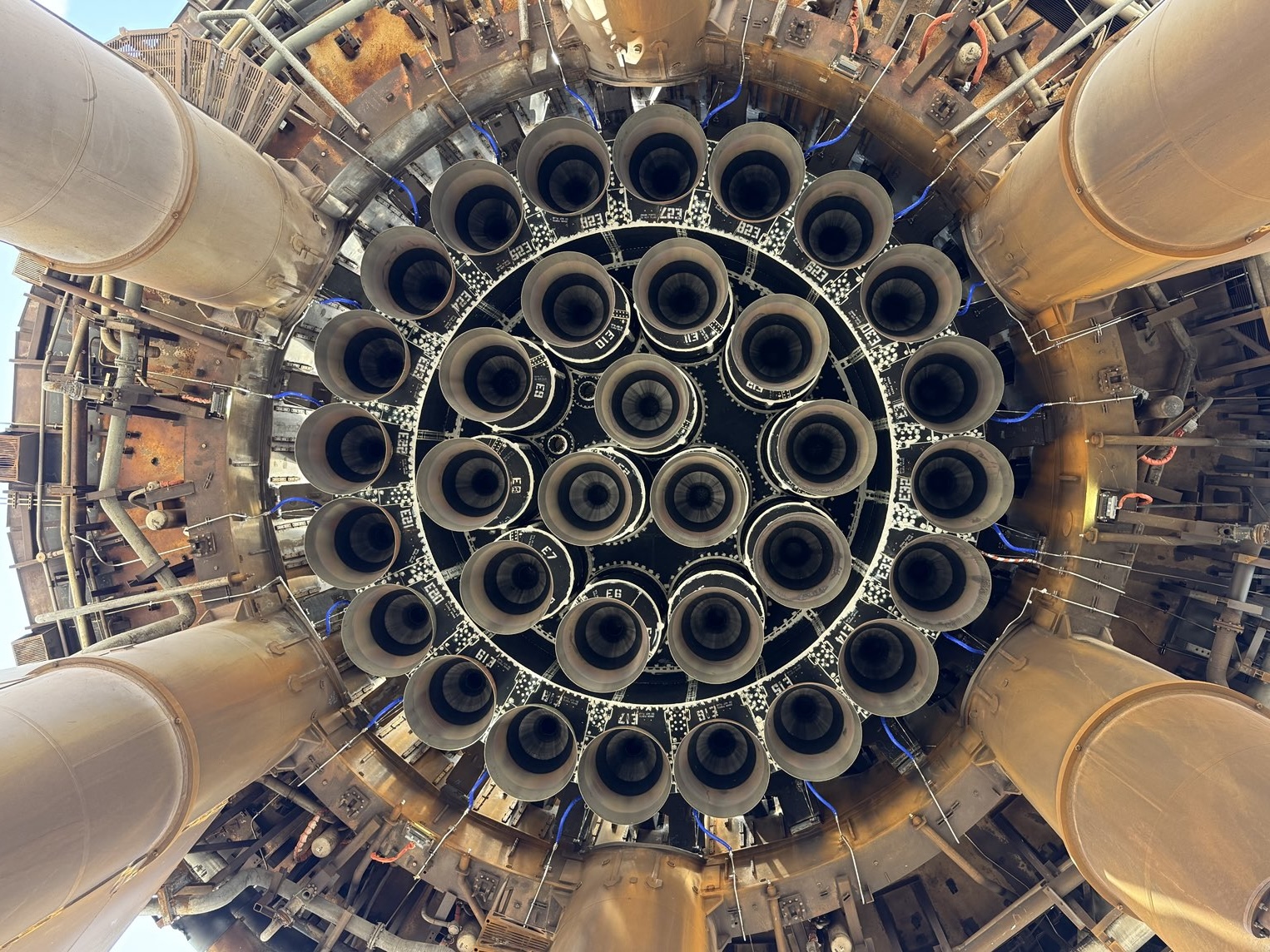
Elon Musk has stated that a self-sustaining human settlement on Mars could be established in 25-30 years, provided launch capacity increases dramatically in the coming decades.
Speaking at the All-In Summit, the SpaceX CEO said building a self-sufficient colony depends on exponential growth in “tonnage to Mars” with each launch window, highlighting Starship’s role as the company’s pathway to interplanetary initiatives.
Mars settlement goals
Musk noted that true self-sufficiency requires Mars to develop “all the ingredients of civilization,” from food production to microchip manufacturing. Starship Version 3 is expected to support the first uncrewed Mars test flights, while future iterations could reach 466 feet in height and deliver larger payloads critical for settlement. Ultimately, Musk stated that an aggressive timeline for a city on Mars could be as short as 30 years, as noted in a Space.com report.
“I think it can be done in 30 years, provided there’s an exponential increase in the tonnage to Mars with each successive Mars transfer window, which is every two years. Every two years, the planets align and you can transfer to Mars.
“I think in roughly 15, but maybe as few as 10, but 10-15-ish Mars transfer windows. If you’re seeing exponential increases in the tonnage to Mars with each Mars transfer window, then it should be possible to make Mars self-sustaining in about call it roughly 25 years,” Musk said.
Starship’s role
Starship has flown in a fully stacked configuration ten times, most recently in August when it completed its first payload deployment in orbit. The next flight will close out the Version 2 program before transitioning to Starship Version 3, featuring Raptor 3 engines and a redesigned structure capable of lifting over 100 tons to orbit.
While SpaceX has demonstrated Super Heavy booster reuse, Ship reusability remains in development. Musk noted that the heat shield is still the biggest technical hurdle, as no orbital vehicle has yet achieved rapid, full reuse.
“For full reusability of the Ship, there’s still a lot of work that remains on the heat shield. No one’s ever made a fully reusable orbital heat shield. The shuttle heat shield had to go through nine months of repair after every flight,” he said.
-
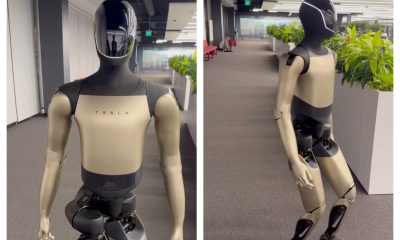
 Elon Musk2 weeks ago
Elon Musk2 weeks agoTesla’s next-gen Optimus prototype with Grok revealed
-
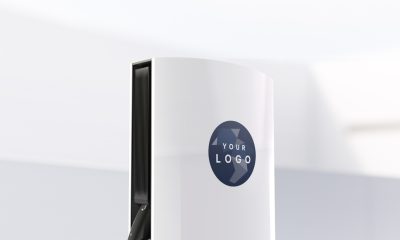
 News2 weeks ago
News2 weeks agoTesla launches new Supercharger program that business owners will love
-
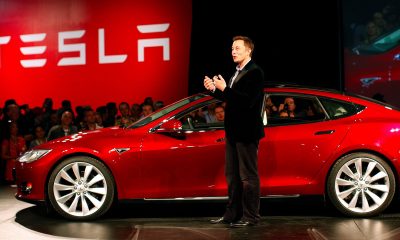
 Elon Musk2 weeks ago
Elon Musk2 weeks agoTesla Board takes firm stance on Elon Musk’s political involvement in pay package proxy
-
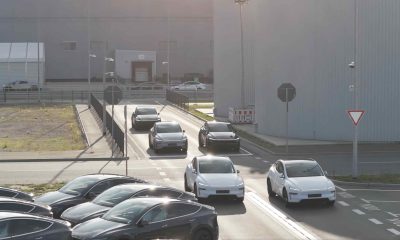
 News2 weeks ago
News2 weeks agoTesla deploys Unsupervised FSD in Europe for the first time—with a twist
-
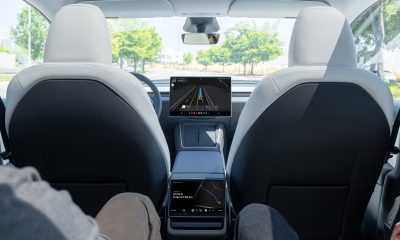
 News2 weeks ago
News2 weeks agoTesla explains why Robotaxis now have safety monitors in the driver’s seat
-
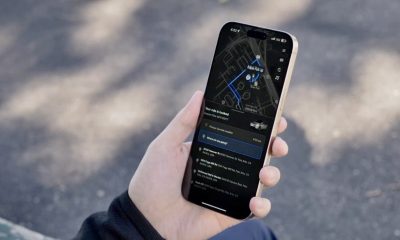
 News2 weeks ago
News2 weeks agoTesla is already giving Robotaxi privileges hours after opening public app
-
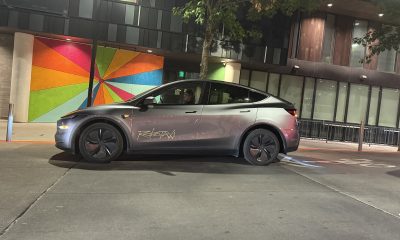
 Elon Musk2 weeks ago
Elon Musk2 weeks agoElon Musk says Tesla will take Safety Drivers out of Robotaxi: here’s when
-
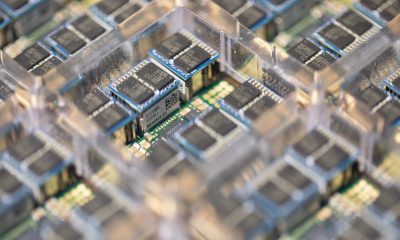
 Elon Musk2 weeks ago
Elon Musk2 weeks agoElon Musk is setting high expectations for Tesla AI5 and AI6 chips

